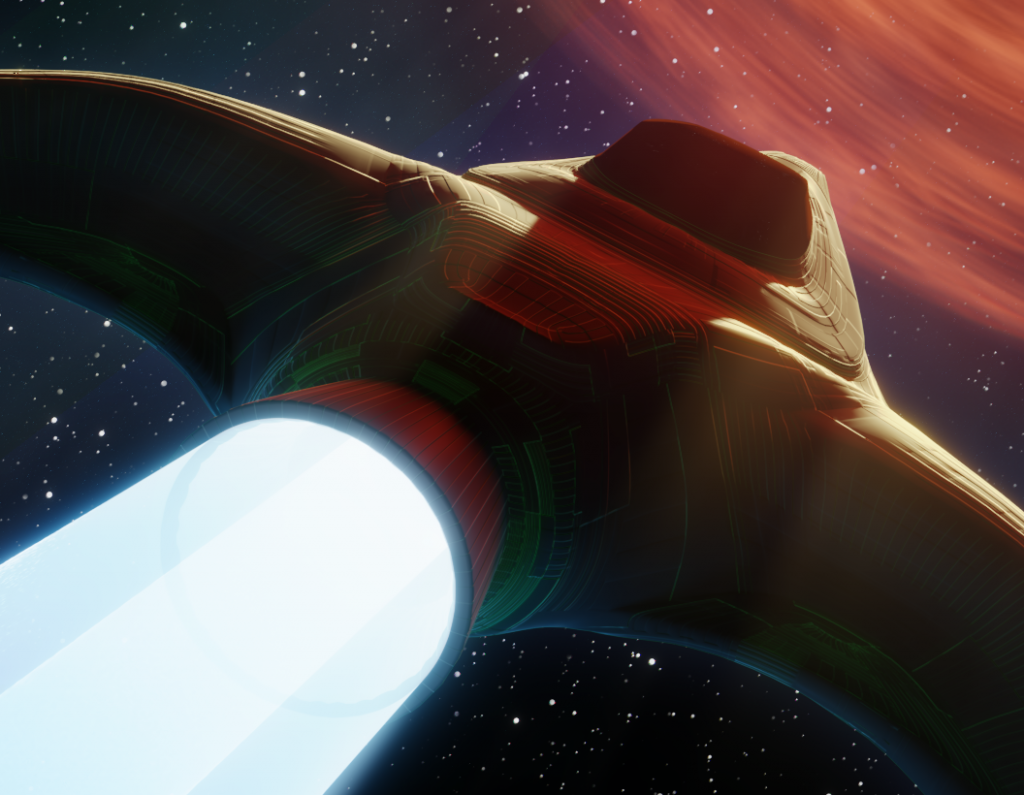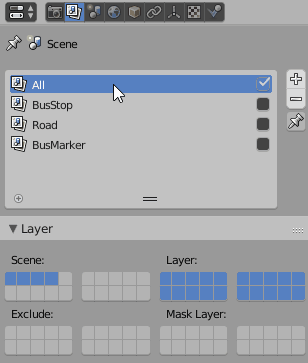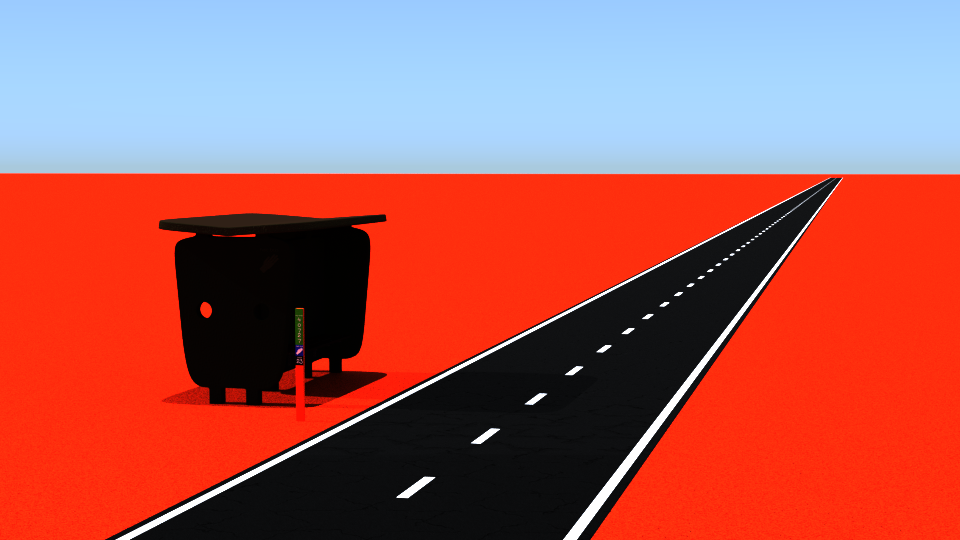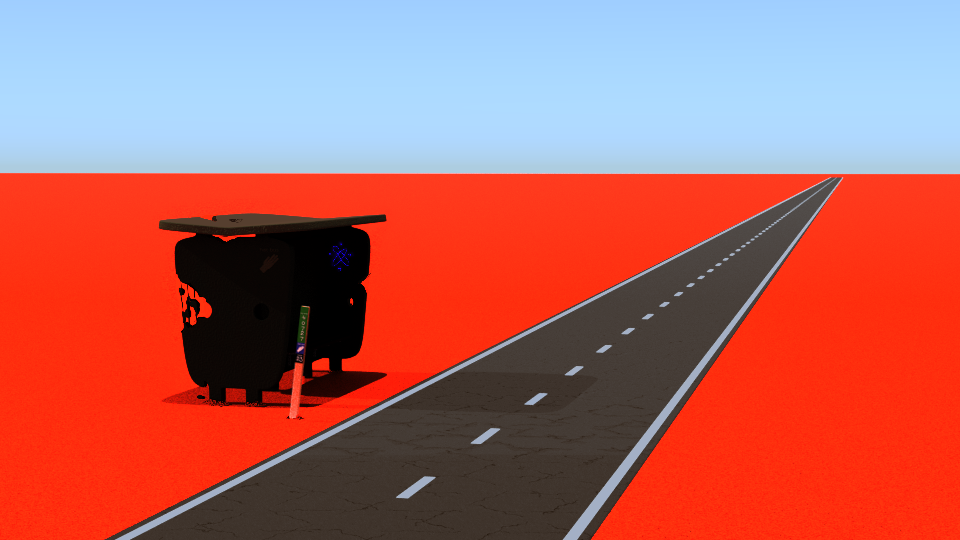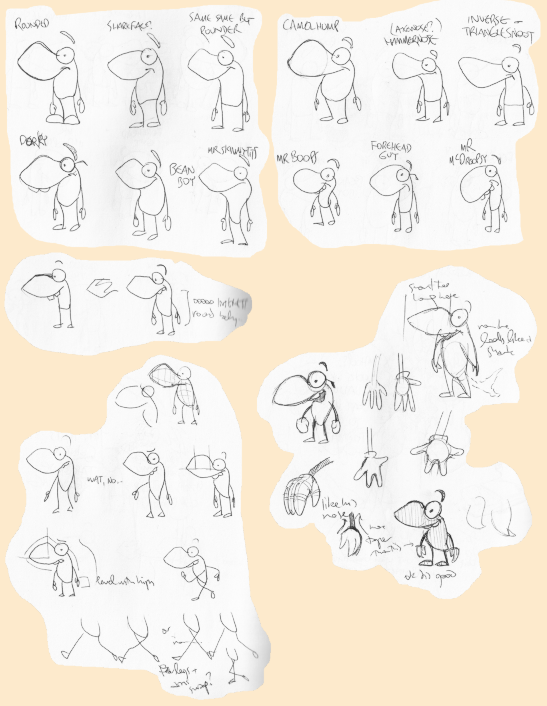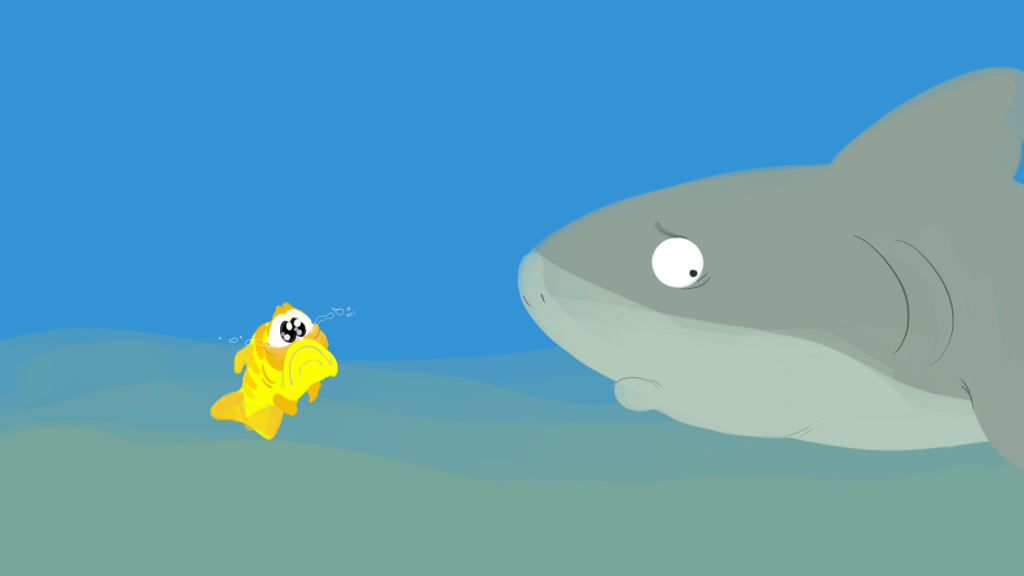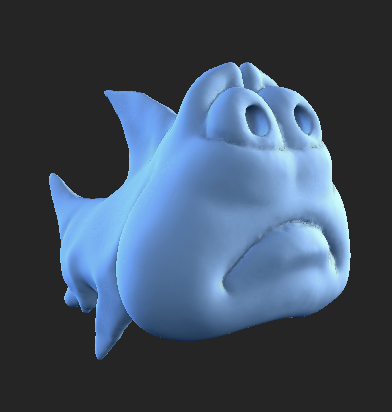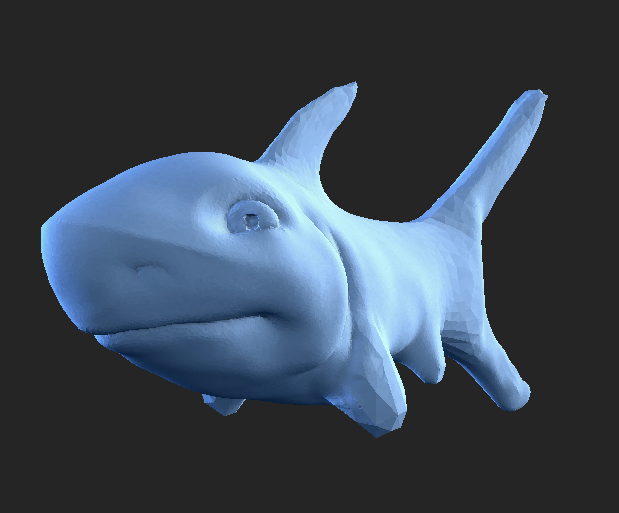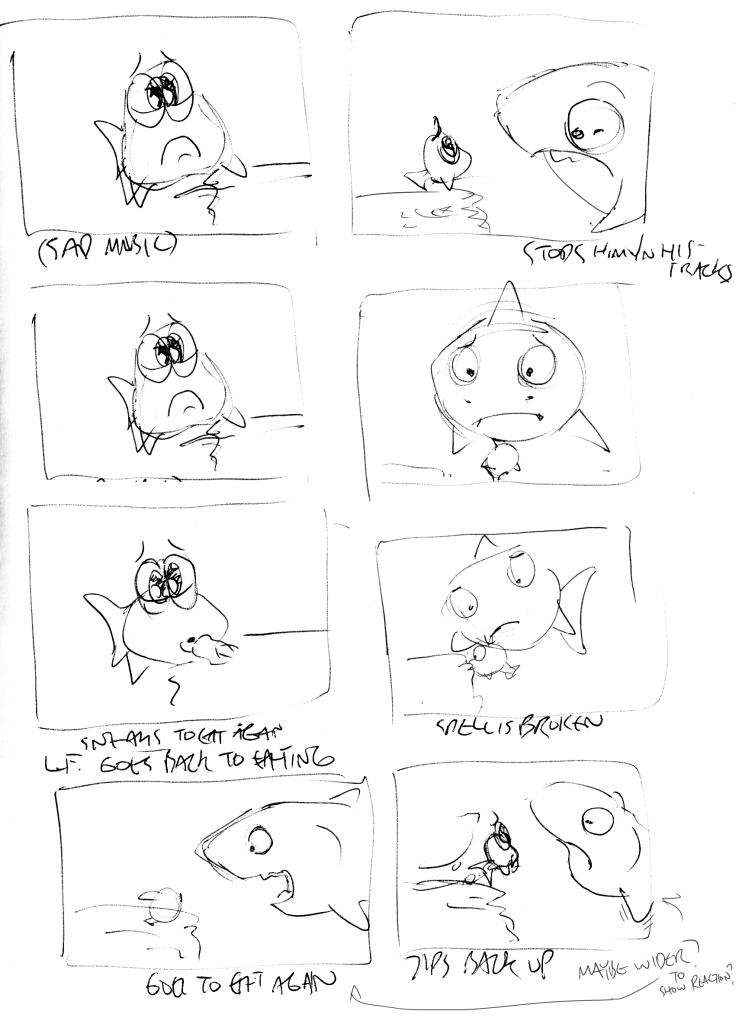That was November! California was on fire and Queensland is now also on fire. Also there was a giant cow called Knickers and Blender 2.80 finally went into beta.
In summary…
- I’ve been recovering from having my gall bladder removed
- I released some sleep-aiding whooshy noises on Bandcamp
- AMITS: Hello! got a first pass of storyboards on index cards
- The robot has not kicked the soccer ball yet.
- I helped out with a compilation error in Blender
- I’m learning Japanese!
Please read on for specifics…
Surgery!
I had my gall bladder out at the end of October and I’ve been in recovery mode since. Fronting up to work in tracksuit pants is fun.
The gall bladder recovery meant roughly a week of not being able to sit up without extreme discomfort – I was either lying in bed or standing up. I watched a lot of movies, including the restoration of Abel Gance’s epic 5 1/2 hour silent film “Napoleon”. Honestly I don’t remember a lot about those two weeks aside from that they were slow and full of nourishing home-made stew. I blame the anaesthetic.
My top tips for people about to have a laparoscopic cholecystectomy (keyhole gallbladder removal):
- Stock up on oversized t-shirts and soft pants with drawstrings.
- Work on your upper body strength and leg strength, especially squats. It will hurt like hell to bend over for a week or two.
- Take a book to hospital which is capable of distracting you. I took “Fear and Loathing in Las Vegas” and it was a perfect companion for walking off the CO2 bubbles.
- Don’t plan on sitting up at a table or desk for a while after surgery. For me it was about a week and a half before sitting at a desk for longer than a few minutes was comfortable. Even four weeks later I’m taking extra doses of painkillers to manage the discomfort.
- It hurts to laugh for a week or so. Aim for viewing material which is fascinating enough to pass the time without being laugh-out-loud funny.
Noises to sleep to
I live near a main road so having a neutral sound playing helps me sleep. I’ve been using a white noise app for years but lately my Bluetooth has been cutting out. Even worse, when it cuts out it cheerfully announces that it’s in pairing mode. Bah.
Fortunately the speakers can take audio over cables too, but my phone’s headphone jack doesn’t really grip anymore. Double bah!
Not to be defeated, I’ve patched up my modular synth to function as a white noise machine. There’s a video on the way going through the patch for the curious. I’ll update the blog post with a link once I’ve cut it together and uploaded it.
If you find yourself needing whooshy noises yourself, you can grab a 36-minute recording of these whooshy noises for a whole fifty cents over at Bandcamp. I’d offer it free but frankly I need to pay for this modular synth somehow.
A moment in the sun
In short: it’s on again!
Back on 8 November I finished up the first pass of rough storyboards for AMITS: Hello!
https://twitter.com/quollism/status/1060465349856976896
There are over seventy index cards – I used actual physical index cards because I could hold them in my hand as I was drawing them without needing to sit down. Sitting down hurt a lot at the time because I was full of holes.
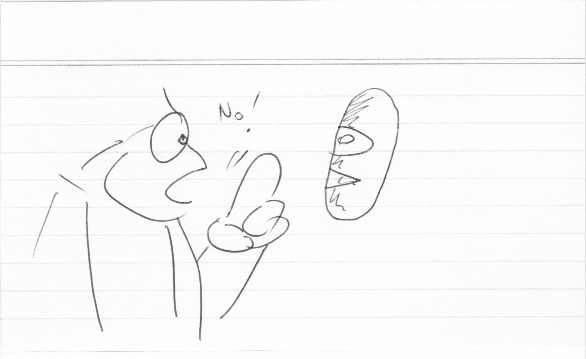
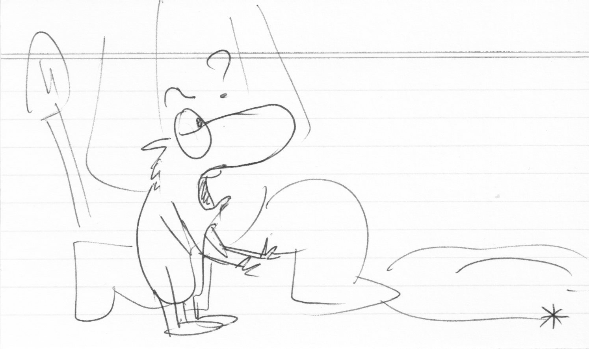
Working smarter, not harder
Today I scanned in the index cards three at a time with a different chunk of the storyboard running at the top, middle and bottom. The Blender video sequence editor lets me crop video elements, so the idea was to run the sequence of scanned images three times with a different crop for each repetition.
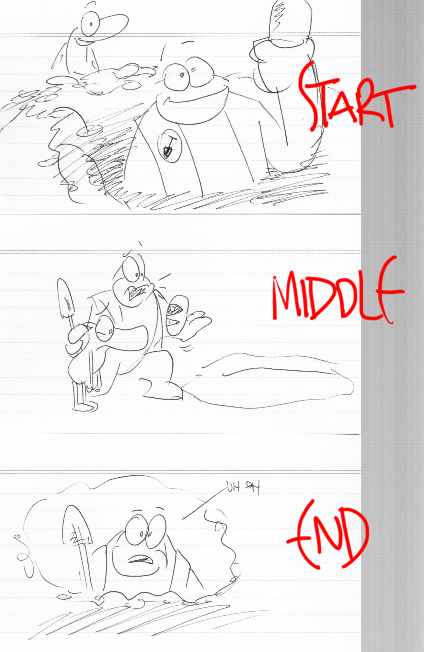
You can watch the entire sequence of scans below. The index cards are even thick enough to maintain their registration – at least, it’s close enough for rough storyboarding purposes.

Batching the images up this way makes digitisation super quick – after half an hour of scanning and getting the right crop values, I have individual images of my index cards. Now I can import the images back into the video sequence editor and time them out to my audio scratch to see what I’ve got. Yay!
But has the robot kicked the ball yet?
Not really. I loaded the file up one night with no intention but to mess around and got a nice twisting faceplant happening in blocking. (Note: the first part of this isn’t timed out properly yet.)
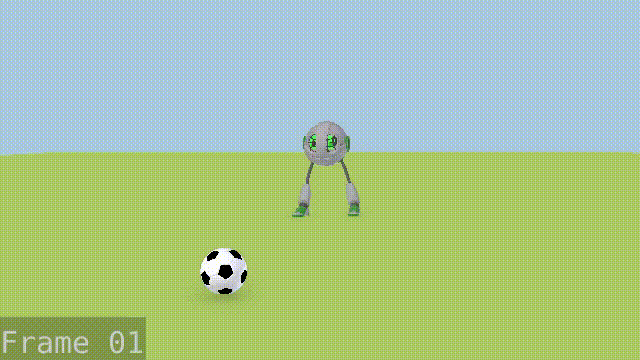
Time away from animating has helped me realise something hugely important about where I’m going wrong: I’ve been taking reference pretty much as gospel instead of using it as a leaping-off point for my own ideas. It’s been screwing my creative process up a lot and it’s a thinking pattern I really must fix…
Other stuff
I helped troubleshoot a Blender compilation bug. It’s not much but I’m pleased to have found a temporary workaround nonetheless. 🙂
Between following sumo and getting back into Japanese animation, I find myself with a mighty strong urge to learn Japanese again. I’m trying out the site WaniKani to boost my vocabulary. So far WK is both challenging, aggravating and rewarding enough that I’m hooked.
That’s all for this month!
